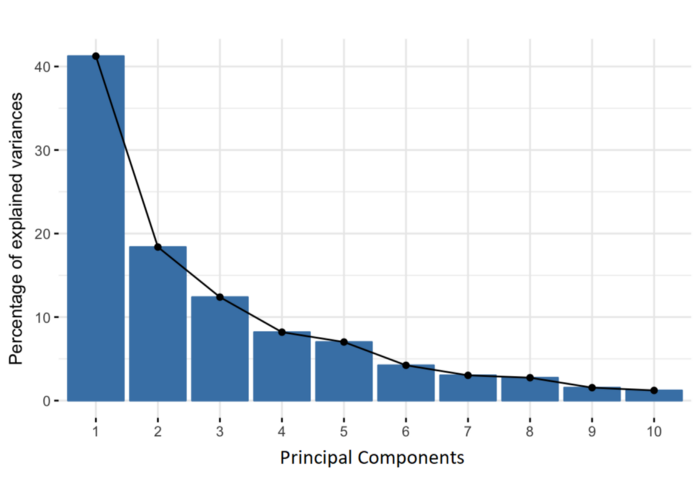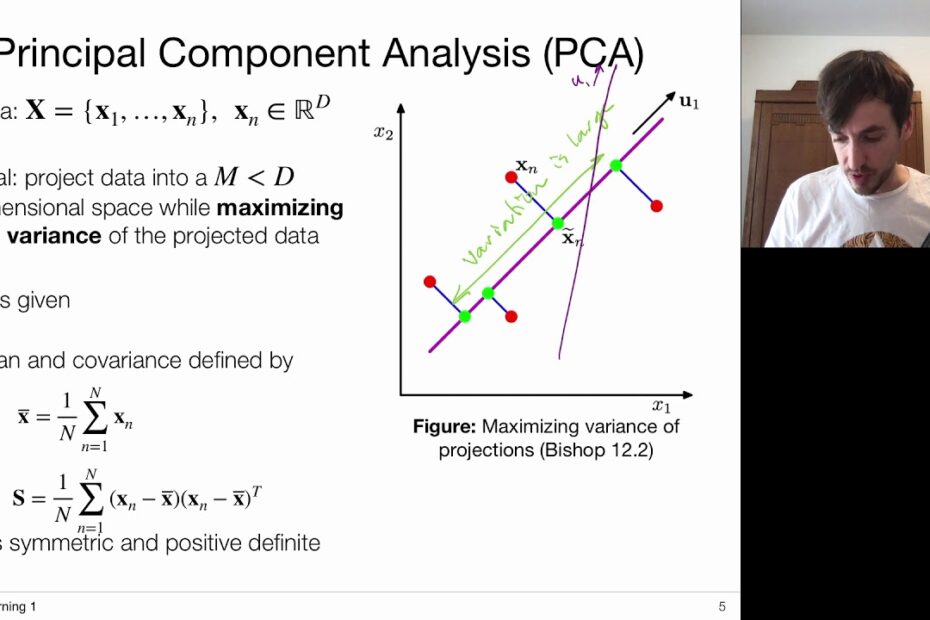Demystifying Variance In Pca: A Comprehensive Guide
Pca 7: Why We Maximize Variance In Pca
Keywords searched by users: What is variance in PCA PCA sklearn, Total variance explained, Explained variance, PCA maximize variance Proof, PCA in Python, Explained_variance_ratio_, PCA proof, Principal component analysis pdf
What Is Variance And Covariance In Pca?
Variance and covariance play crucial roles in Principal Component Analysis (PCA), a fundamental technique in statistics and data analysis. Variance is a statistical measure that quantifies the spread or dispersion of a single variable, such as variable X. It provides insight into how data points vary around their mean in one dimension.
On the other hand, covariance goes beyond variance by examining the relationship between two variables, often denoted as X and Y. It assesses how these two variables deviate from their respective means in relation to each other. In essence, covariance helps us understand whether X and Y move together or in opposite directions. This insight is pivotal in PCA, as it aids in identifying patterns and relationships within multivariate datasets. In summary, while variance focuses on the spread of a single variable, covariance delves into the interplay between two variables, making it a vital concept in the context of PCA.
What Is A Good Variance For Pca?
What constitutes an ideal variance threshold for Principal Component Analysis (PCA) is a commonly asked question. The total variance explained by PCA components is often used as a guide to determine an appropriate threshold. Typically, experts suggest that retaining between 70% to 80% of the total variance is a reasonable range. In practical terms, this implies keeping around four to five principal components. This threshold selection ensures a good balance between dimensionality reduction and preserving the essential information in the dataset, helping to simplify data while maintaining its integrity.
Top 11 What is variance in PCA





Categories: Collect 32 What Is Variance In Pca
See more here: muadacsan3mien.com

In case of PCA, “variance” means summative variance or multivariate variability or overall variability or total variability. Below is the covariance matrix of some 3 variables. Their variances are on the diagonal, and the sum of the 3 values (3.448) is the overall variability.The variance of a variable X is given by. Variance for variable X. Unlike variance, which measures spread in one dimension, covariance measures the deviation from the mean of two variables with respect to each other. In other words, covariance measures the relationship between the two dimensions.Some criteria say that the total variance explained by all components should be between 70% to 80% variance, which in this case would mean about four to five components.
Learn more about the topic What is variance in PCA.
- PCA and proportion of variance explained – Cross Validated
- Principal Component Analysis – Towards Data Science
- Components (PCA) and Exploratory Factor Analysis (EFA) with SPSS
- Principal Component Analysis | PCA Explained – Analytics Vidhya
- Variance (Simply explained) – YouTube
- Variance vs. Covariance: What’s the Difference? – Investopedia
See more: https://muadacsan3mien.com/category/space-astronomy
